Increase your Lung Capacity

Last month my family camped at Stanley Lake, at the base of Mt. McGowen in the Sawtooth Range of inner Idaho. This neck of the woods claims to have the cleanest air in the lower 48. Forever an opportunist, I decided to maximize my lung capacity on my favorite mountain bike trails.
Intense aerobic athletic activity opens a new horizon for pranayama. Most people exercise breathing through their mouth. My first hardcore Iyengar teacher, Janet Macleod of San Francisco, would chant, “If you breath through your mouth you must eat through your nose! You’re using your sense organs inappropriately!”
The issue for most of us is that we never learned how to use the tools of our body appropriately. We overeat to feel pleasure (how ridiculous is that?). We stimulate and sedate ourselves with caffeine and alcohol on a daily basis because we’ve lost the inherent pulsation of the life force. Most of us athletes were trained in isometrics, weight lifting, and cross training… but never were coached into the lower lobes of our lungs.
Take a moment and check out your lung capacity.
Have you stretched your lung capacity this week?
Are your lungs growing in their gaseous exchange capacity?
Is your inner body not only bright but also ginoumous (a cross between gigantic and enormous)?
If so, then my words below will be a review, with some potential insight.
If not, you need to get on it.
How to improve your lung capacity:
- Each morning, wake up and move for 20 minutes. Train yourself to breath through your nose. If your nose is blocked with mucus, start with mouth inhale/ and exhale through mouth and nose. Eventually the mucus will break up. You can also use Sinus Lube to break up the mucus. Start your exercise gentle enough for nose breathing. Slowly, increase oxygen demand by increasing your effort.
- Deepen your exhalation. Putting more focus on the exhale creates the space for the inhale. Most of us do not exhale the carbon completely, and it blocks space for new prana. The carbon also becomes a by-product of lactic acid, so you’re muscles will feel more sore if you don’t exhale completely. The best way to exhale completely is through deep nasal breathing.
- Mind the Gap. Most of us go right from exhale to inhale and vice versa. The gap, or kumbhaka (kuhm-BAH-kah) is the space for beingness that opens between the doing of breathing. Mindfulness practices begin to open this gap, as awareness awakens into more subtle dimensions. This morning in yoga class we worked with attuning to silence. The silence between the inhale/enhale and exhale/inhale. Cultivating the kumbhaka during hatha yoga practice is yet another tool for cultivating greater lung capacity, and better absorption of prana.
My pranayama practice happens mostly on my mountain bike in the summer and on skis/snowboard during the winter. The oxygen demand on my body is the greatest in those situations and I open new dimensions in my lungs. I notice a *HUGE* difference when I casually mouth breath during sports verses conscious nasal breathing. It’s a chore, for sure, to retrain how you breath when there is intense demand for oxygen. I promise you, you’ll become more blissfully aware and enlivened through the practice!
Tags
prana


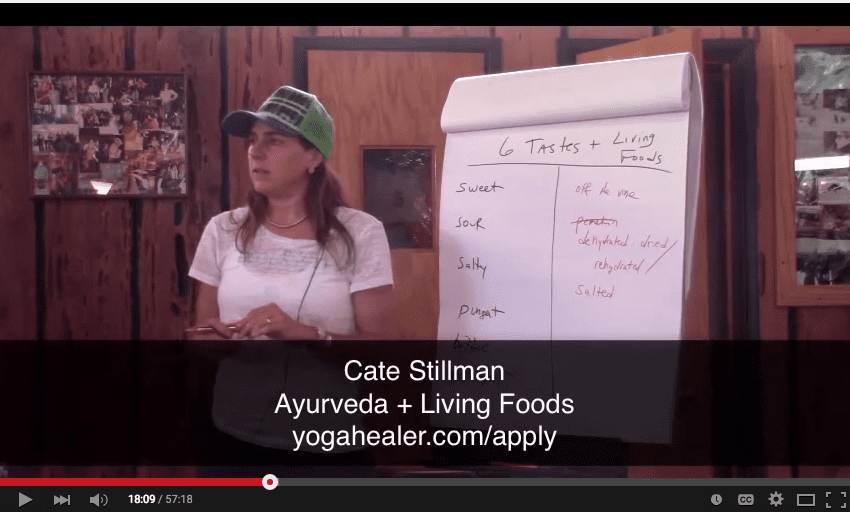
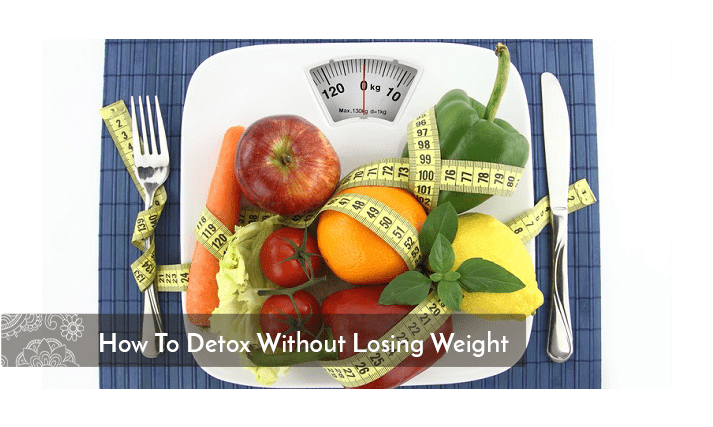
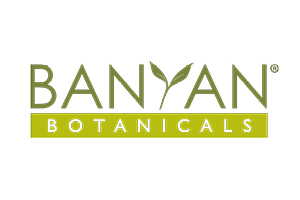
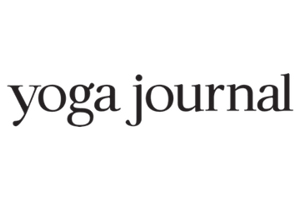
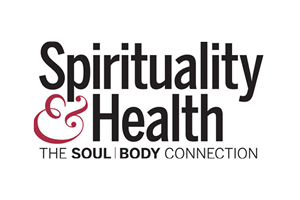
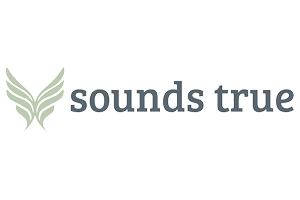

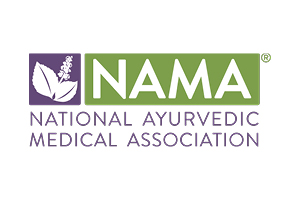
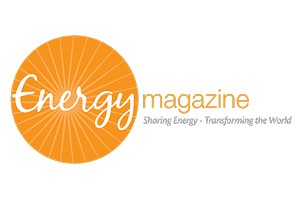
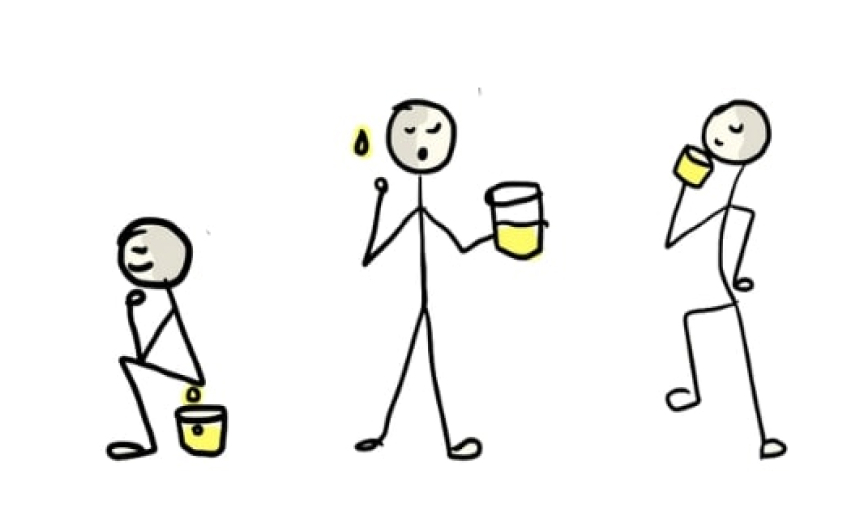
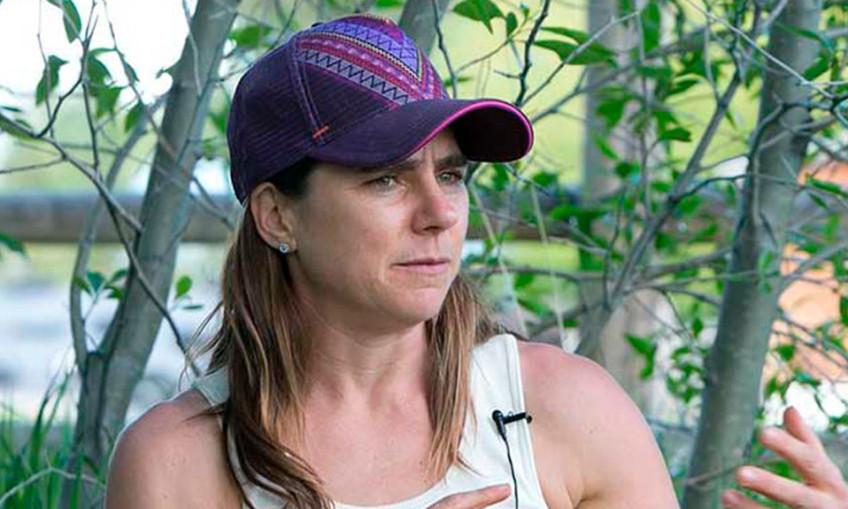

Comments
No comments yet, be the first to comment